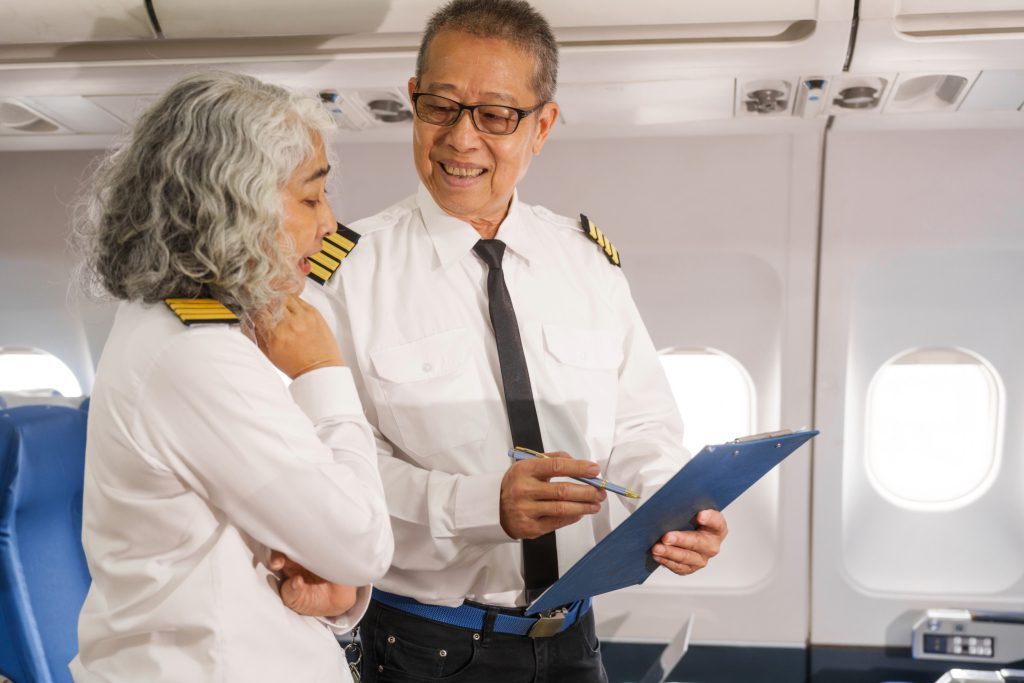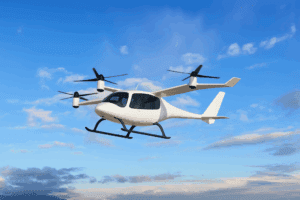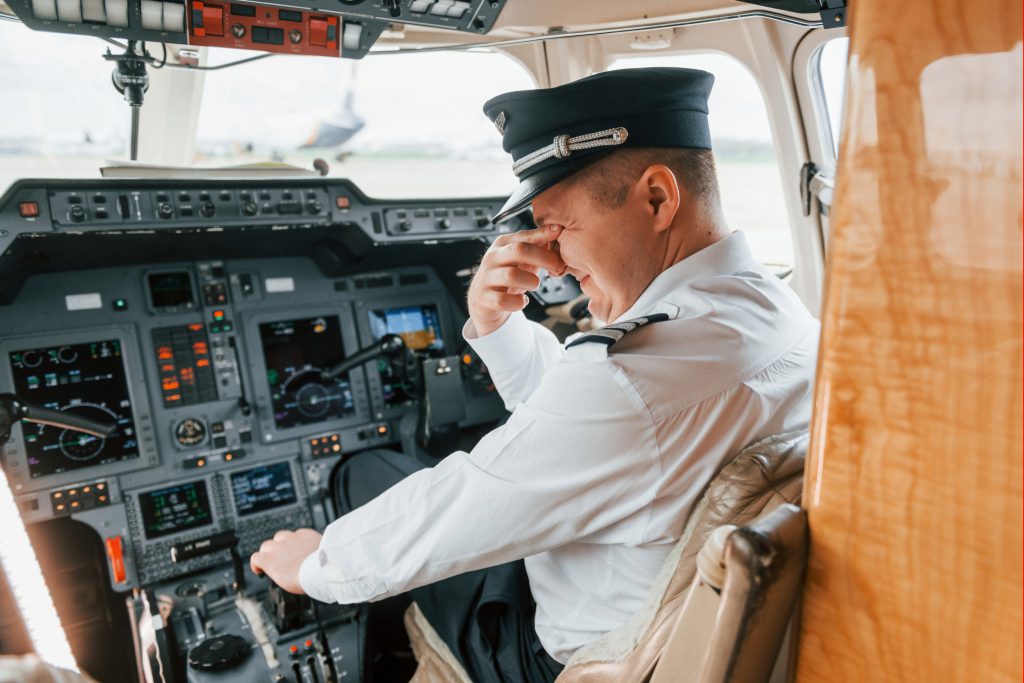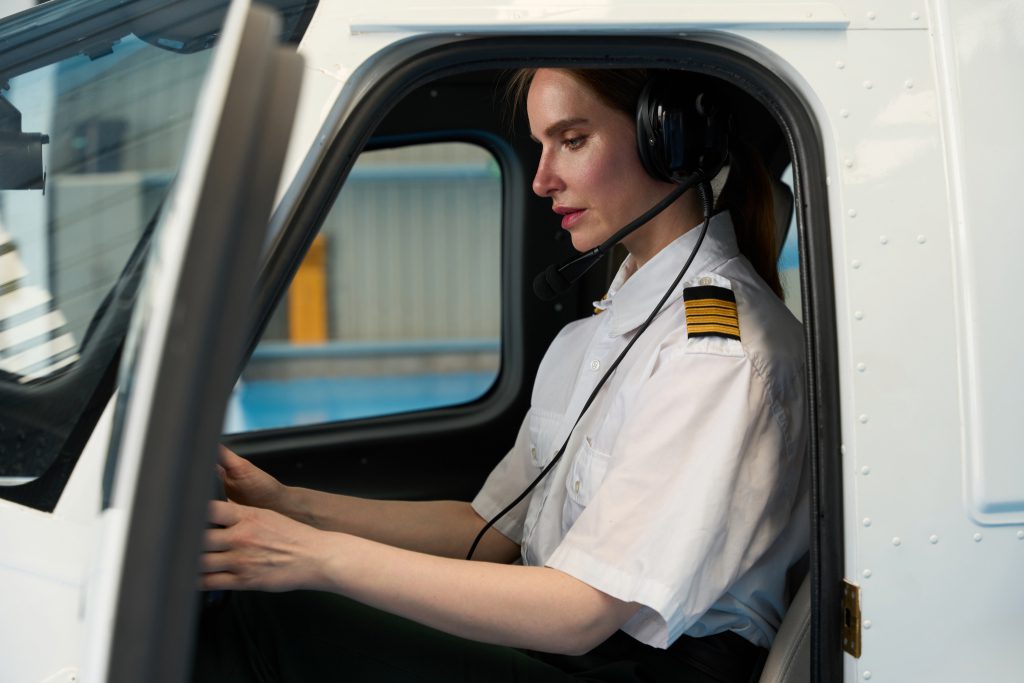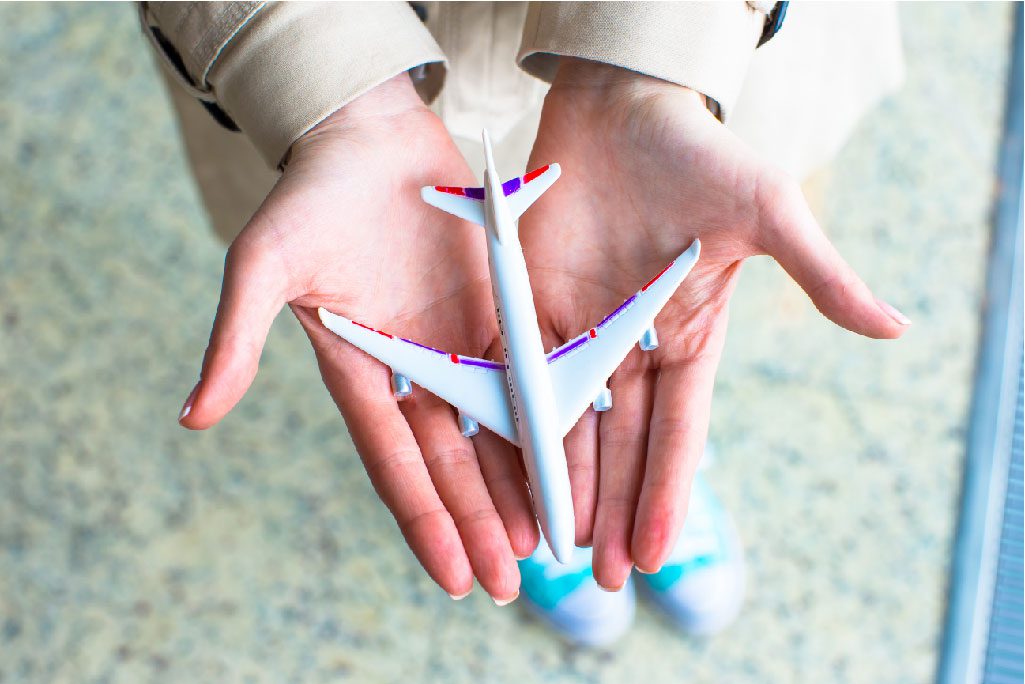The International Air Transport Association (IATA), which has about 350 member airlines, has requested the International Civil Aviation Organization to increase the retirement age for commercial pilots from 65 to 67 years. This request is planned for discussion at the ICAO General Assembly on September 23, 2025.
The concern is driven by the rising need for air travel globally, coupled with time-sensitive pilot shortages.
IATA’s Position
IATA characterizes the pilot age extension as a “cautious but reasonable step consistent with safety”. The proposal, however, has a control mechanism which states that one of the pilots must be below 65 for every flight that is captained by a pilot over 65.
The ICAO was previously known to increase the age cap from 60 to 65 in 2006, which indicates the ICAO’s increasing willingness to be flexible on age restrictions.
IATA points out that Canada, Australia, and New Zealand do not have age restrictions for commercial pilots which shows that longer working life is possible with proper medical control.
Opposition from Pilot Unions
As an example, the Allied Pilots Association and other major U.S. pilot unions have vigorously resisted the changes arguing that the data available does not support the safety-risk assessment involving older pilot age performance. In their own words, “We don’t gamble with safety that way.”
So far, all other more recent U.S. attempts, including legislative attempts from 2023, continue to face insurmountable safety and logistical hurdles.

The Impending Debate
The ICAO General Assembly is set to meet from September 23 to October 3, 2025, and will be the first to discuss this very important issue.
Among the unresolved issues are:
- Will an extended career lifespan reduce overall pilot training costs, or slow overall progress for younger pilots moving through the ranks?
- Will medical evaluations be able to monitor age-related health risks for older ailing pilots?
- Do the benefits of retaining highly experienced pilots with deep institutional knowledge surpass the risks incurred from age-related cognitive and physical decline?
Why It Matters
As a solution to alleviating pilot shortages: Airlines could better manage staff shortfalls without the immediate need to increase hiring by retaining experienced pilots more.
Managing the balance of risk and experience: Experts contend that with proper oversight and enhanced medical protocols, the risk is manageable, even though unions are demanding more safety data.
Precedents from other countries: Joining these countries with no age restrictions would greatly increase operational flexibility and standardization of rules.
Industry-wide impacts: The effects of this decision could extend to career advancement within the industry and airline economics, including training budgets, contract negotiations, and scheduling logistics.
Final Thoughts
The aviation industry is dealing with a unique combination of strong demand for travel and a limited supply of pilots. This proposal strikes me as a workable middle ground, though it is fraught with safety concerns. It aims to balance the retention of older pilots and adherence to certain operational benchmarks.
ICAO’s decision should be watched very closely. In the case of approval, there could be a restructuring of airline staffing models. In the case of denial, the industry may be forced to look towards autonomous systems, recruited investment, or other technologically advanced solutions.

